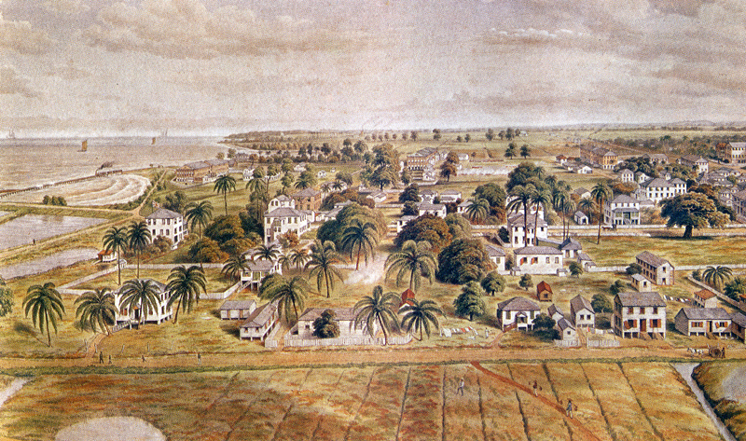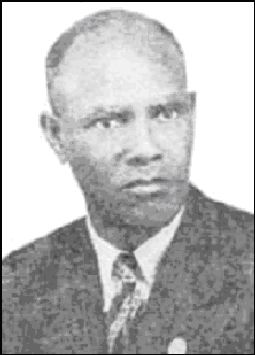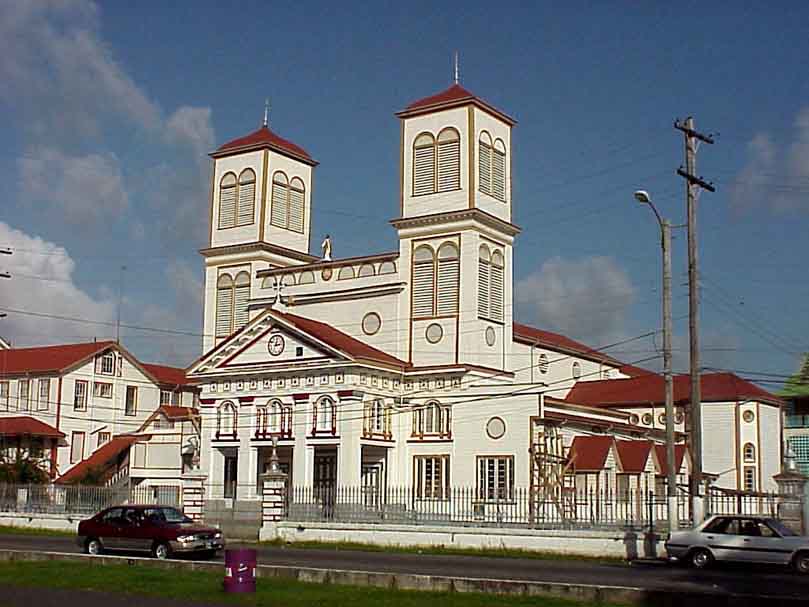(CONTINUED FROM APRIL 14)
Gromweagle [or Groenewegen] was a Dutchman, born in 1581, who, serving under various Spanish expeditions in the Orinoco, acquired so a great liking for the adventures incident to a life in Guiana that, having heard that his own countrymen from Zealand were establishing themselves more firmly on the Essequibo than the Spaniards were likely ever to do in any part of Guiana, he asked for employment from his own countrymen and was sent from Zealand, in what capacity does not appear very certainly, in 1616 with three ships, and “was the first man who took firm footing on Guiana by the good liking of the nations, whose humours the gentleman perfectly understood.”

According to the document from which I am now quoting, it was he who erected the fort on the island of Kykoverall; but, from other sources, it seems almost certain that he only strengthened it and adopted it as his stronghold.
All this time the colony flourished; he traded largely, even with the Spaniards, and behaved himself in a friendly way with all colonists in that part of the world, and especially to the English who were then newly established in Barbados. Having served the colony forty-eight years, he died in 1664.
The reason of his success it is not difficult to find, and has already been told; it lay especially in his wise treatment of the Indians and also his neglect to spend time and means harassing Europeans of other nationalities in neighbouring colonies.
…Various internal affairs of great importance also happened in Essequibo during the rule of Gromweagle. The traders to the colony were incorporated in 1621 into the Dutch West India Company, into whose hands passed what was virtually a monopoly of trade between this part of Guiana and the world beyond.
The first act of this company, or indeed it may be said the purpose for which it was instituted, was to introduce negroes as slaves into Guiana…The trade of negroes, which had been begun by the Portuguese in the middle of the 15th century, was flourishing in the 17th century.
In Guiana, the soil was rich and promising; but this was almost useless to its owners owing to the climate, which is such to prevent Europeans seriously undertaking field labour; nor were the natives of the country, the Indians, apt for continued hard work. The natives of Africa were the very people to do what was required, to extract the wealth of Guiana for their Dutch owners…
The plantations at once became yet more flourishing; nor were they much longer confined to the Essequibo. In 1626, Jan Van Peere, a man from Flushing, settled on the Berbice River, and there soon put a considerable extent of ground under cultivation. It was in 1614 that, by the official recognition of the Dutch government, the settlers on the Essequibo became a colony. Berbice became a colony the same way in 1627, when the government of the Seven Provinces extended such rights of trade as they had before given to the West India Company, to Van Peere.




